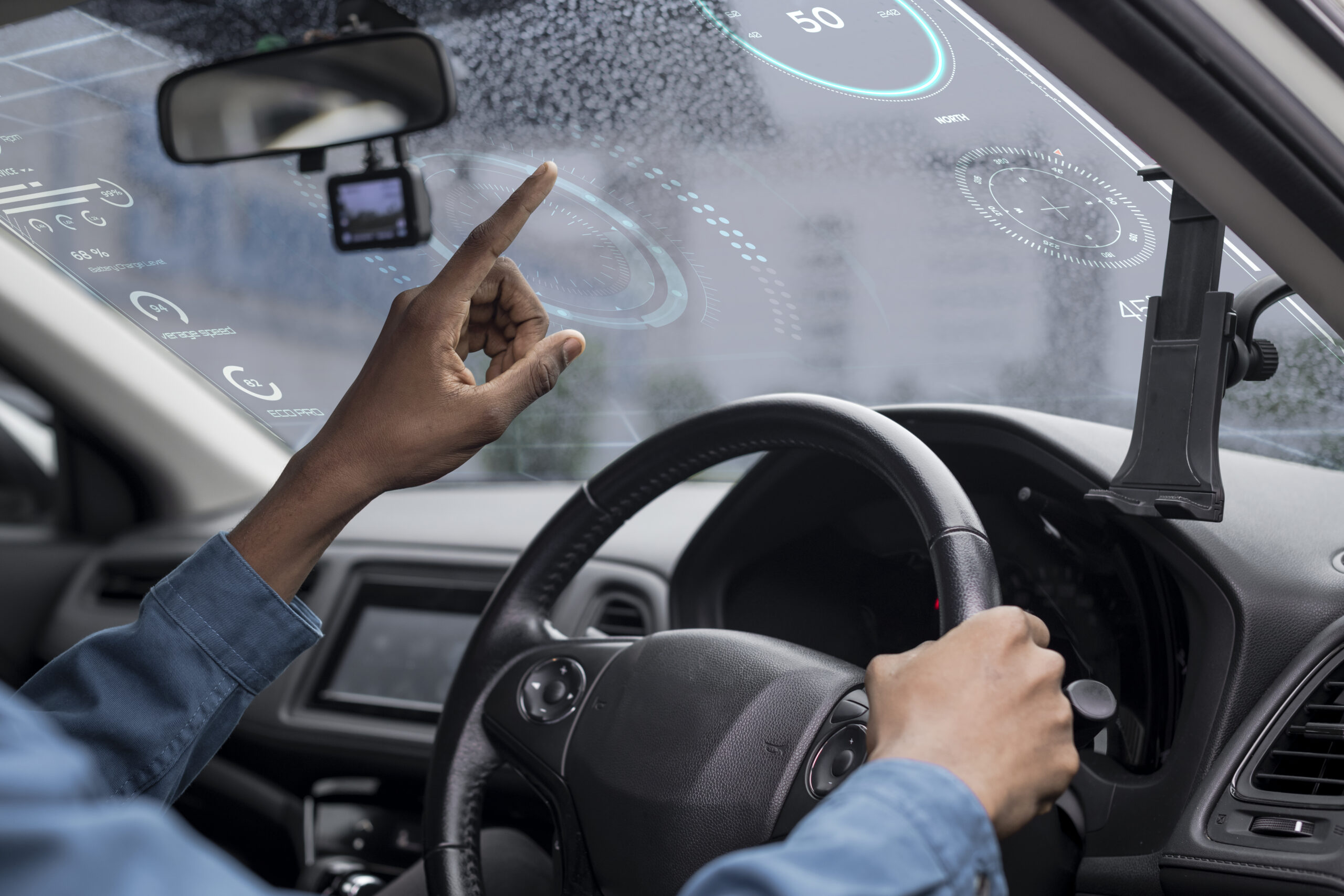Modern Car Safety Feautures: Mastering Features and Practices

Modern car safety features are not luxuries but a necessity in our evolving automotive landscape. As technology continues to advance, these features stand as sentinels, committed to transforming our roads into safer spaces for everyone who ventures upon them. In the fast-paced world of automotive technology, modern cars come equipped with an array of cutting-edge safety features designed to protect drivers, passengers, and pedestrians alike. Understanding these characteristics and learning how to use them effectively is critical for maximizing road safety.
I. The Evolution of Car Safety: A Brief Overview
Before delving into the specifics of modern safety features, let’s take a moment to appreciate the evolution of car safety. From basic seat belts to complex driver-aid systems, technological improvements have played a critical role in improving car safety.
II. Essential Modern Car Safety Features
- Adaptive Cruise Control (ACC):
Definition: ACC adjusts your vehicle’s speed to maintain a safe following distance from the vehicle ahead.
Effective Use: Activate ACC during highway driving for a more relaxed and controlled driving experience. Adjust the following distance based on traffic conditions.
- Lane Departure Warning and Lane-Keeping Assist:
Definition: Alerts the driver if the vehicle unintentionally drifts out of its lane and, in some cases, provides steering input to keep the car within the lane.
Effective Use: Keep the system engaged, especially during long journeys, and respond promptly to warnings by maintaining proper lane discipline.
- Automatic Emergency Braking (AEB):
Definition: AEB automatically applies the brakes to avoid or mitigate a collision if the driver fails to respond to warnings.
Effective Use: Trust the system but remain vigilant. AEB is a backup, not a replacement for attentive driving.
- Blind Spot Monitoring:
Definition: Alerts the driver if there’s a vehicle in the blind spot, typically with a visual or audible warning.
Effective Use: Check your blind spot visually before changing lanes, and use the warning as an additional safety check.
- Cross Traffic Alert:
Definition: Warns the driver of approaching traffic from the side, often when backing out of parking spaces.
Effective Use: Rely on the system, but also perform visual checks, especially in busy parking lots.
III. Navigating Advanced Driver Assistance Systems (ADAS) Settings
Understanding how to customize and adjust ADAS settings is paramount for tailoring these features to your driving preferences and specific road conditions. Regularly review your vehicle’s user manual to stay informed about updates and recalibrations.
IV. Maintaining and Calibrating Safety Systems
Regular maintenance is not just for the engine; it’s essential for your safety systems too. Ensure sensors and cameras are clean, and follow the manufacturer’s guidelines for system recalibration to guarantee optimal vehicle performance.
V. Staying Informed: Keeping Up with the Latest Advancements
The automotive industry is continually evolving, with manufacturers regularly introducing new safety features. Stay informed about updates, recalls, and best practices by subscribing to manufacturer newsletters and regularly checking for software updates.
Conclusion: Empowering Drivers with Safety
As technology continues to redefine the driving experience, mastering modern car safety features requires not only the adoption of new technologies but also the adoption of a responsible and educated driving mindset. By understanding, utilizing, and maintaining these features, drivers can take an active role in making our roads safer for everyone.






